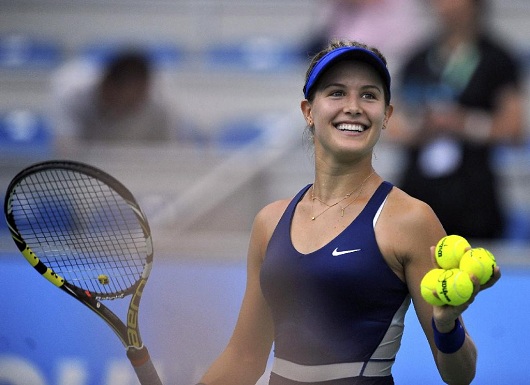
Basketball is a high-intensity, contact sport where players need to exhibit both offensive and defensive prowess. While scoring points might be the most glamorous aspect of the game, defense is equally important for a team’s success. In recent years, the basketball world has witnessed a significant transformation in terms of player safety and performance, thanks to the evolution and widespread adoption of face guards. This article delves into the world of face guard basketball, exploring their history, technology, and the impact they’ve had on the game.
The Evolution of Face Guards
Face guards in basketball have a humble beginning, initially serving as a protective measure for players recovering from facial injuries. These rudimentary face guards were often uncomfortable and restricted a player’s visibility and mobility. However, as basketball’s popularity grew, so did the demand for better safety equipment.
Improved Materials and Design
One of the most significant advancements in face guards is the shift towards lighter, more durable materials. Modern face guards are typically made from polycarbonate, a strong and lightweight material known for its impact resistance. This not only enhances player safety but also ensures that wearing a face guard doesn’t hinder a player’s movements or performance.
Customization and Fit
Today, face guards are custom-fitted to a player’s face, ensuring maximum comfort and protection. The snug fit prevents unnecessary movement during intense play, further reducing the risk of injury. Ventilation and padding systems have been refined to keep players cool and comfortable during extended periods on the court.
The Significance of Face Guards in Basketball
The primary purpose of a face guard is to protect players from facial injuries. In the high-velocity, physical environment of basketball, collisions are common. Face guards help reduce the risk of facial fractures, cuts, and dental injuries, allowing players to focus on their game without the fear of debilitating accidents.
Face guards play a pivotal role in a player’s rehabilitation journey. They provide a sense of security, allowing injured players to return to the court sooner than they might without adequate protection. This quick return is essential for both professional and amateur athletes, as it minimizes downtime and ensures the team’s continued success.
For players who have suffered facial injuries, face guards offer peace of mind. The psychological comfort of knowing that they have an added layer of protection can help them regain confidence in their abilities. This boost in self-assurance often translates into improved performance.
Basketball is not just about scoring points; defense wins championships. When players are aware that they are protected, they are more likely to commit to plays, whether it’s diving for loose balls or contesting shots aggressively. Face guards, in this sense, contribute to a more robust team defense.
The use of face guards has become increasingly normalized in basketball. Players no longer fear being stigmatized for wearing protective equipment. This cultural shift has led to more players opting for face guards, ultimately enhancing their safety and that of their teammates.
Challenges and Criticisms
While face guards have undoubtedly improved player safety in basketball, they are not without challenges and criticisms:
Conclusion
Face guards have come a long way from their rudimentary beginnings. They have evolved into sophisticated pieces of protective equipment that not only prevent injuries but also provide psychological comfort, facilitate a quicker return from injury, and promote a more aggressive and committed style of play on the court. As basketball continues to grow and evolve, so too will the technology and acceptance of face guards. In the modern game, they have become a vital tool for player safety and performance, ensuring that athletes can give their best without compromising their well-being.